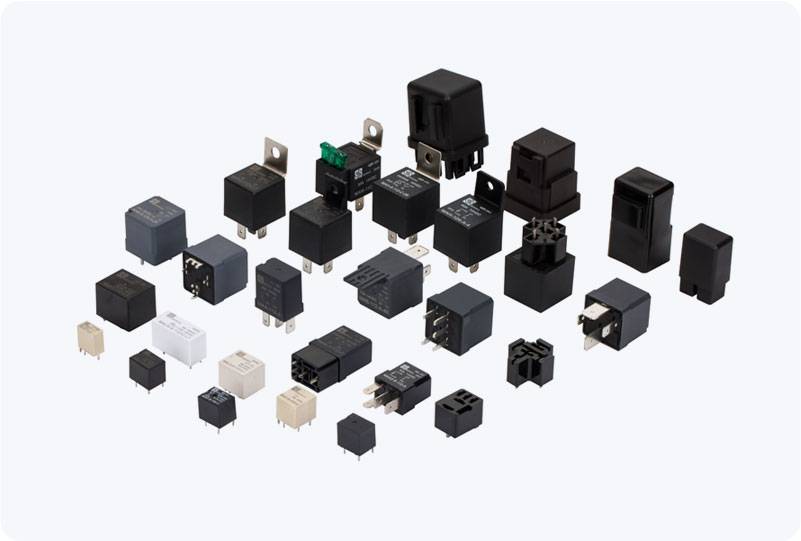High current relays are essential components in a broad range of electrical applications. Their primary function is to control high voltage and high current circuits by mechanically switching the load on and off. This capability is vital in various industries where the control of large electrical loads is necessary, such as automotive, industrial automation, and power distribution. This article will explore the characteristics, working principles, applications, and selection criteria for high current relays.

Working Principles At the heart of a high current relay is the electromagnetic mechanism. When an electrical current passes through its coil, it generates a magnetic field. This magnetic field attracts a moving armature that, in turn, closes or opens the relay’s contacts. This action allows the relay to either connect or disconnect a high power circuit. The operation can be initiated by a low power signal, making it possible to control significant electrical loads without direct handling. Characteristics Current Rating: High current relays are designed to handle significant electrical loads, often rated at tens or even hundreds of amperes. Understanding the required current rating for specific applications is critical to ensuring the relay operates efficiently and safely.